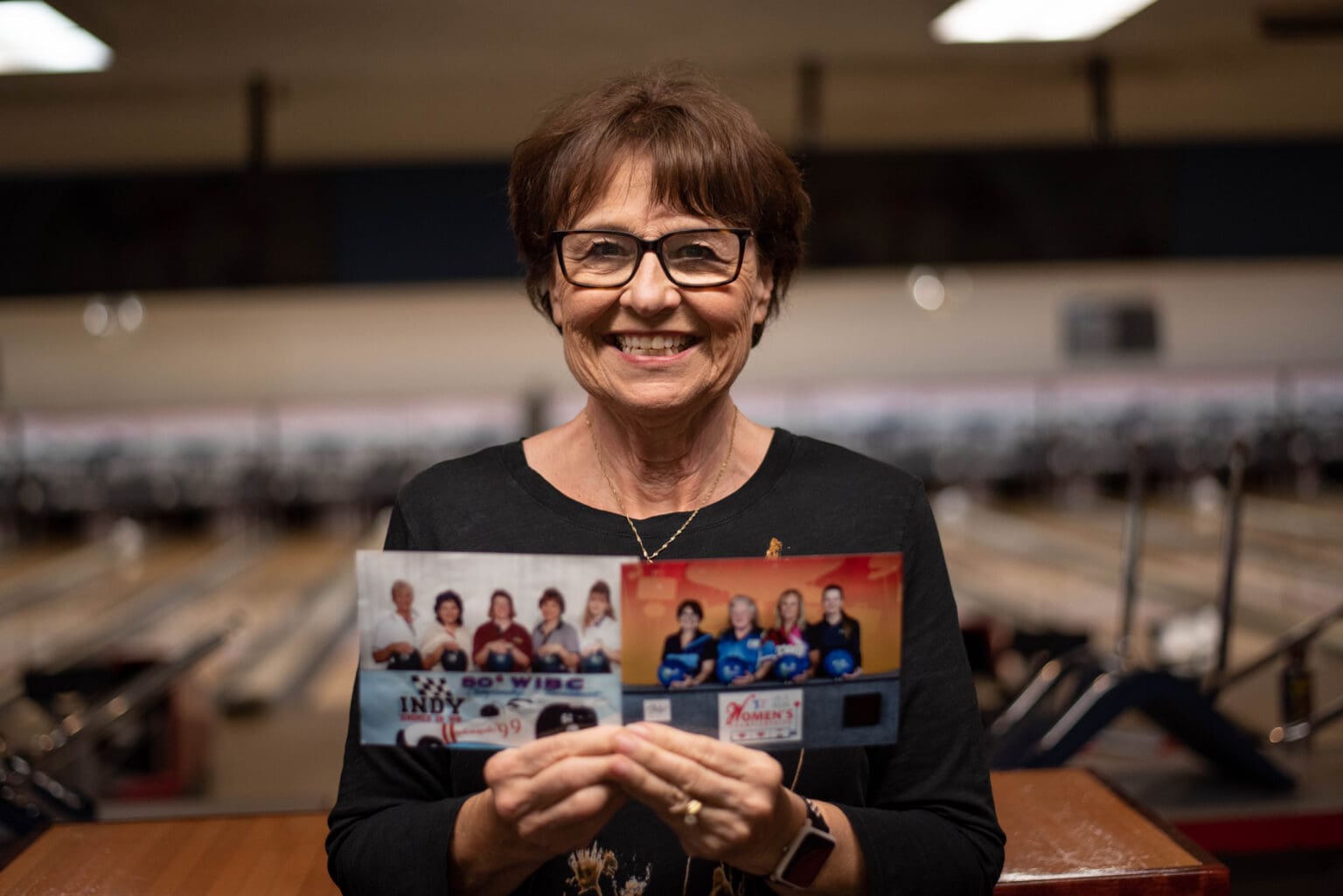Editor’s note: Time to Spare: Bowling clears a lane for sport, community is a three-

Already a subscriber?
Log inOr become a subscriber today and get unlimited local news and information that matters to you.


Or become a subscriber today and get unlimited local news and information that matters to you.
Email newstips@cascadiadaily.com or Call/Text 360-922-3092